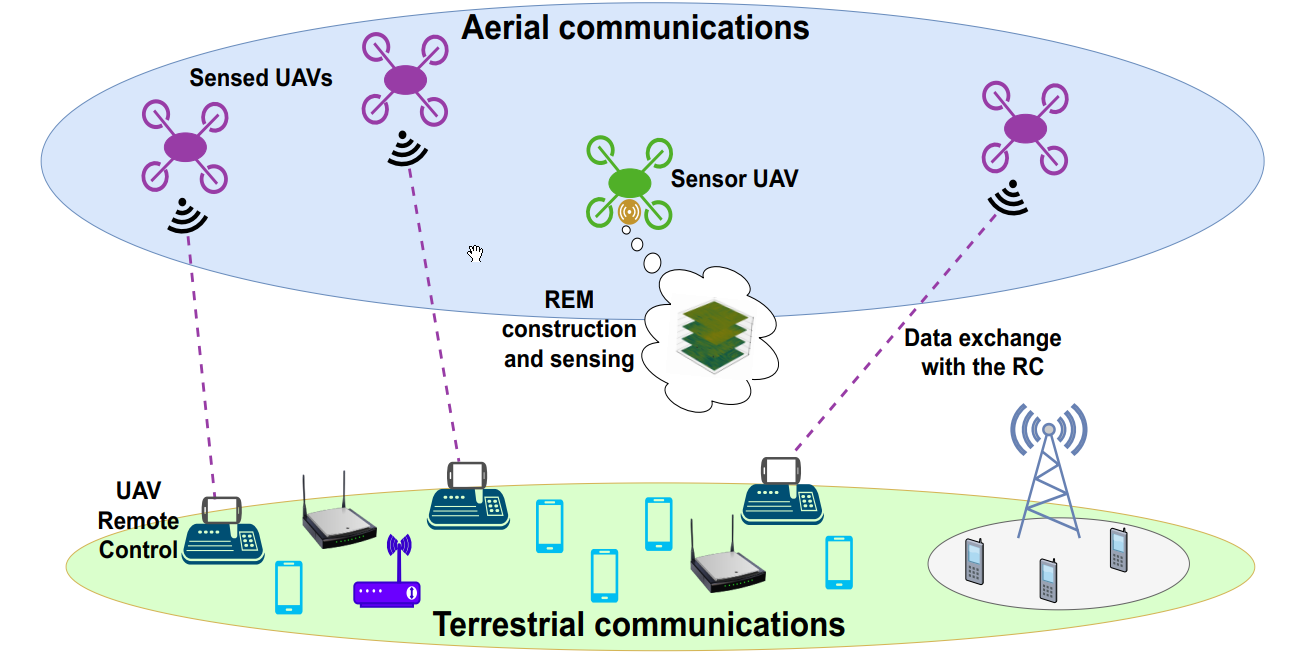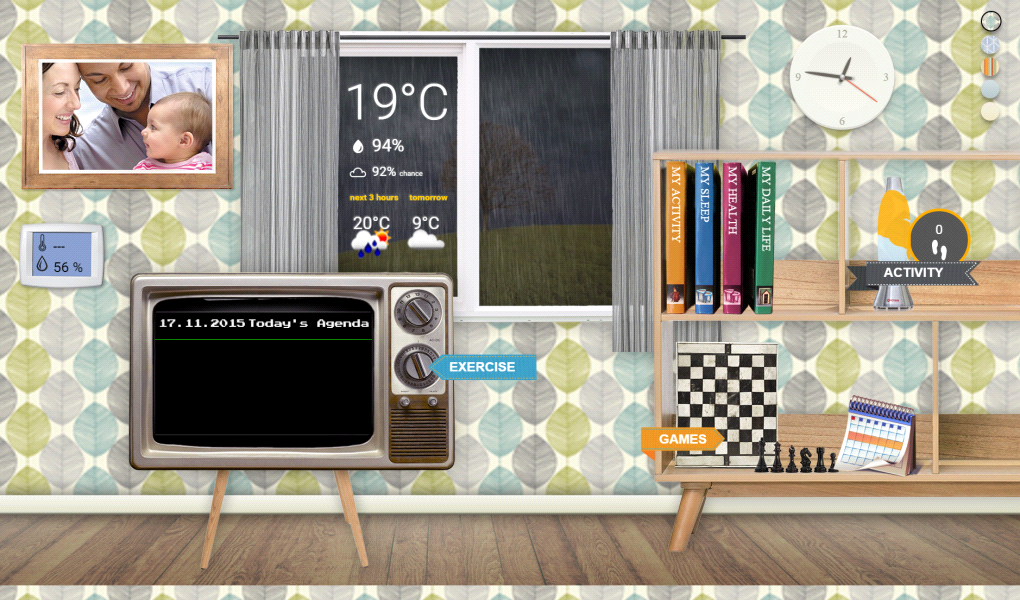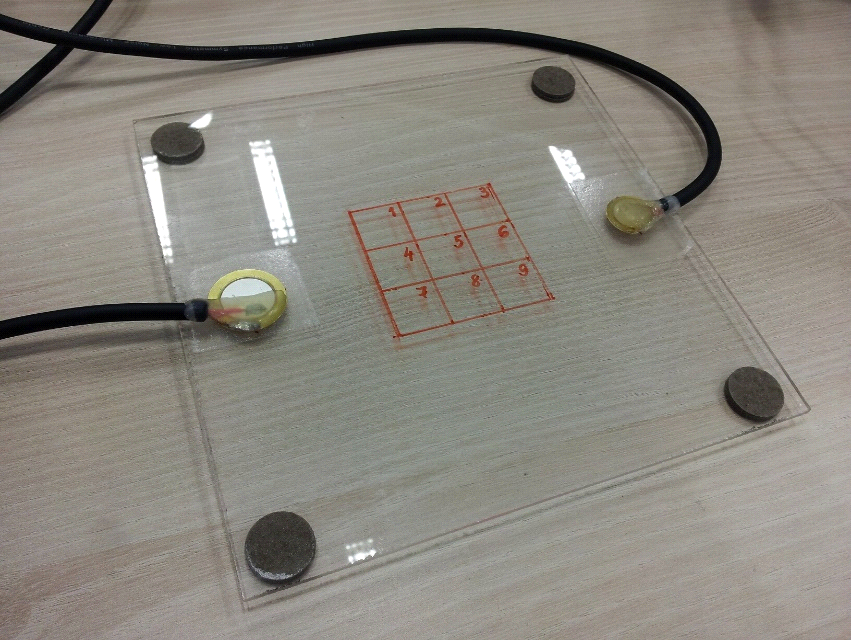Computer Vision and Computer Graphics
One of the areas we have currently directed our efforts towards is Computer Vision applications in Holographic Telepresence technologies. Holographic telepresence is a complete human-computer-machine interface combining AR and VR telepresence, thus creating real-life digital scans and realistic 3D avatars of subjects, displayed in an MR environment, used for real-time communication and interaction between remote users. It is the next step in achieving realism in communication between humans. The current state-of-the-art approaches have their limitations in achieving realism, due to problems like latency and high bandwidth requirements. We aim to provide solutions to those problems by developing a “from-capturing-to-rendering” long-distance holographic communication architecture, compatible with current and future network infrastructure technologies such as 5G and 6G. Our goal is to enable holographic communication networks with more capacity, lower latency, uniform experience and richer visual content, as well as lay the groundwork for haptic and multimodal communication.
Here at TeliLab, we have a specialized Mixed Reality sandbox environment on-site, where we conduct most of the Research & Development work related to Holographic Telepresence. The environment consists of two independent Bee-cubes equipped with Azure Kinect Sensors and powerful computer configurations, tasked with processing 3D data. In our use-case scenario, we are implementing a Holographic Communication channel between the two B-cubes.
You can learn more about our Projects and Publications on topics related to Computer Vision and Computer Graphics bellow:
- 3D Data Acquisition28
- 3D Imaging29
- 3D Mesh Tracking/Fitting9
- 3D Model Compression15
- Augmented Reality18
- Feature Extraction27
- Holographic Communication35
- Human Activity Recognition14
- Image Segmentation13
- Machine Learning Applications in Computer Vision55
- Mixed Reality19
- Rendering8
- Telepresence20
- Virtual Reality21
Next Generation Wireless Communications
Next Generation Wireless Communications (NGWC) is the other research area, which we have targeted. The next-generation network infrastructures like 5G and 6G are expected to be dynamic and sophisticated, while at the same time enabling many technological concepts like the Internet of Things, Smart Cities, Self-Driving Vehicles, etc. The implementation of those concepts implies the need for networks with higher capacity, higher bandwidth, lower latency, as well as better user integration and greater coverage. Developing solutions to all those requirements necessitates the joint commitment of a multidisciplinary research group. We aim to contribute to this worldwide effort by leveraging our expertise in the field and utilizing our communication research facilities.
TeliLab takes part in worldwide projects focused on embedding artificial intelligence into NGWC, exploring intrinsic network heterogeneity, building sustainable network infrastructures, as well as providing a networking opportunity for aspiring researchers through engagement with industry and standardization entities. Our researchers have expertise in Machine Learning Applications for Radio Signal Processing, Resource Allocation Techniques, Spectrum Monitoring, etc.
You can learn more about our Projects and Publications on topics related to Next Generation Wireless Communications bellow:
Other
Besides Computer Vision, Computer Graphics and Next Generation Wireless Communications we have some notable work in the following fields as well:












